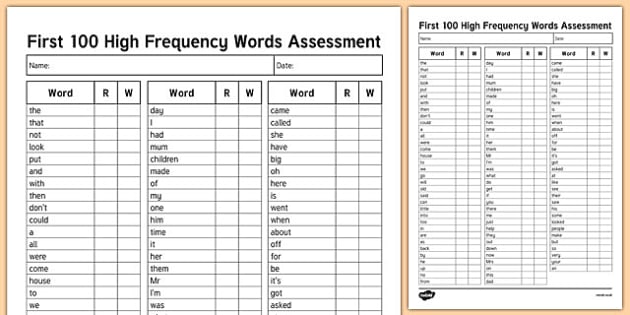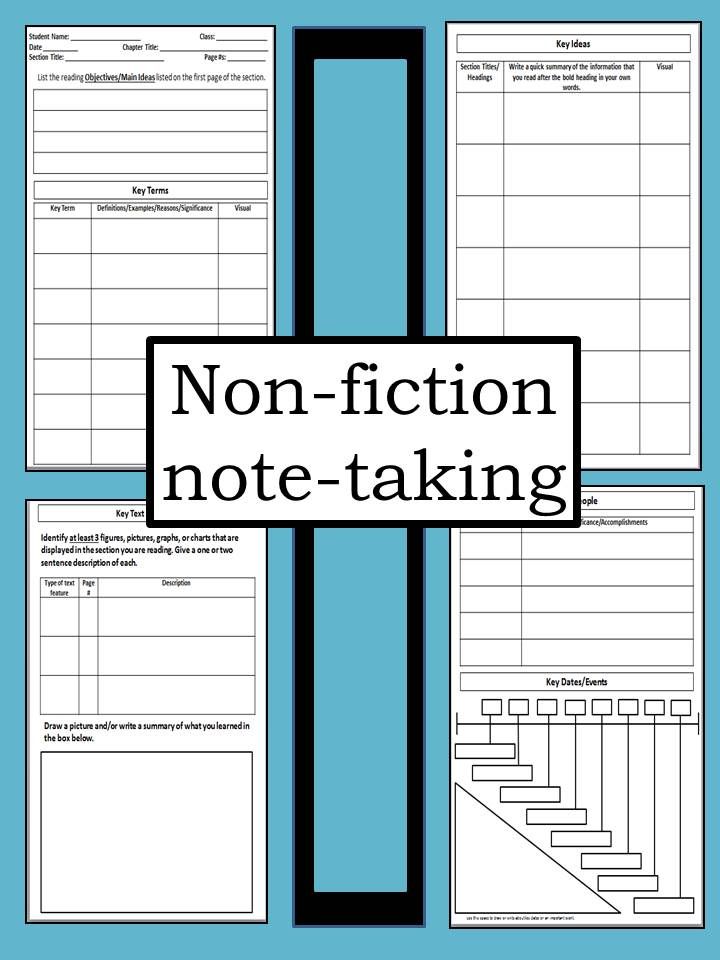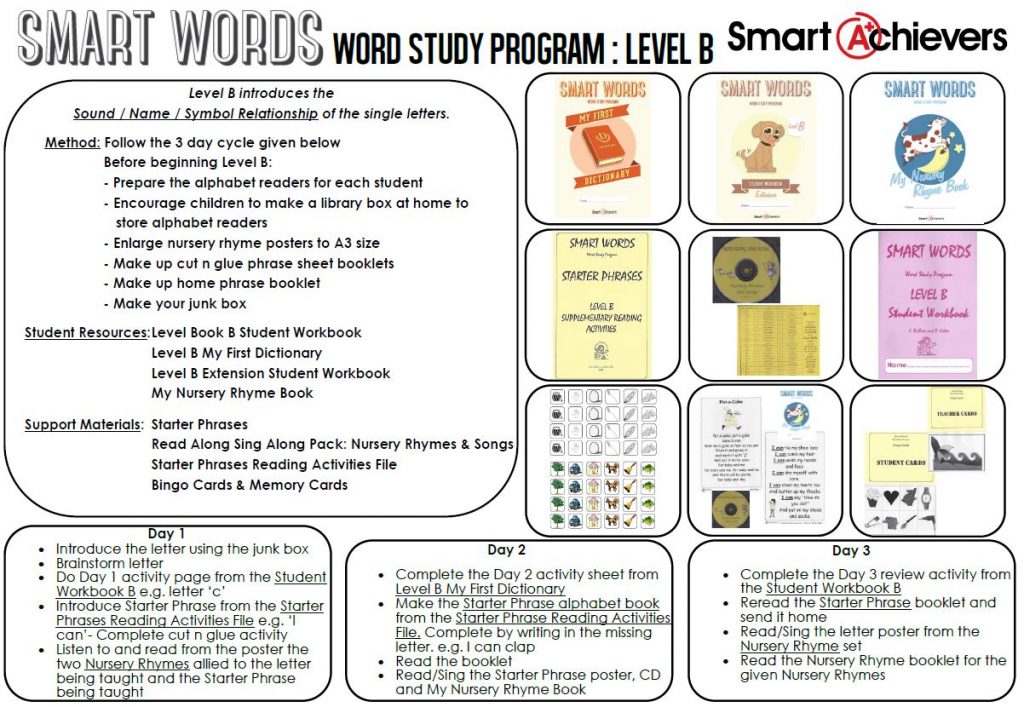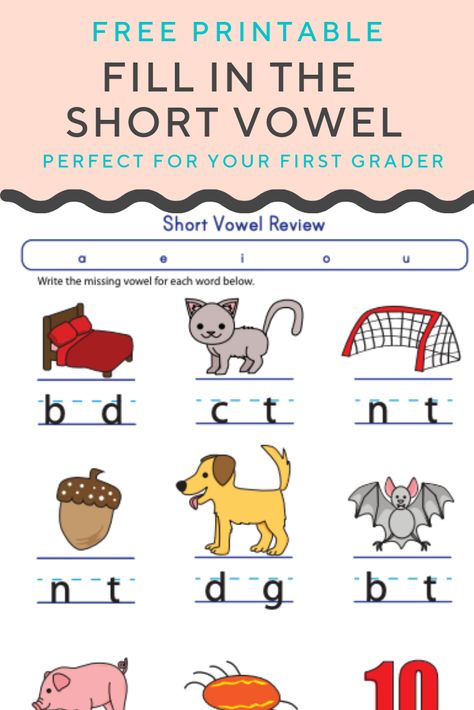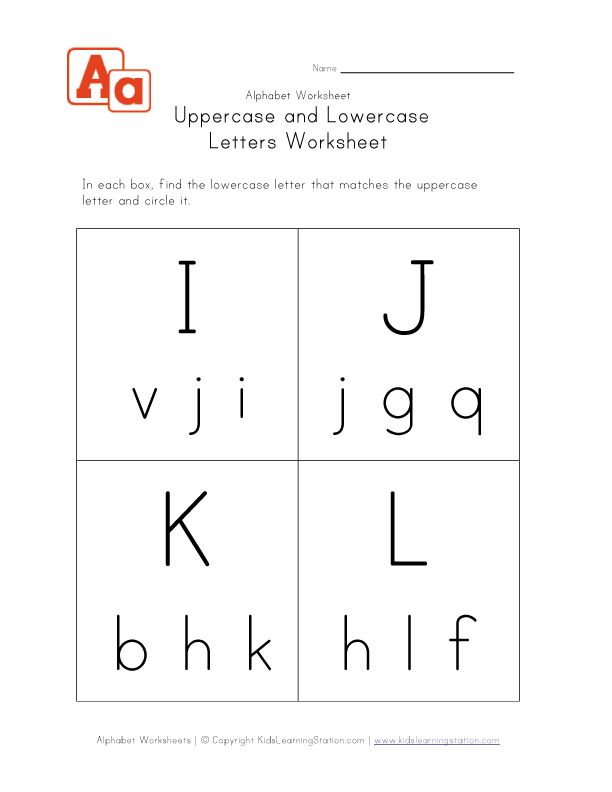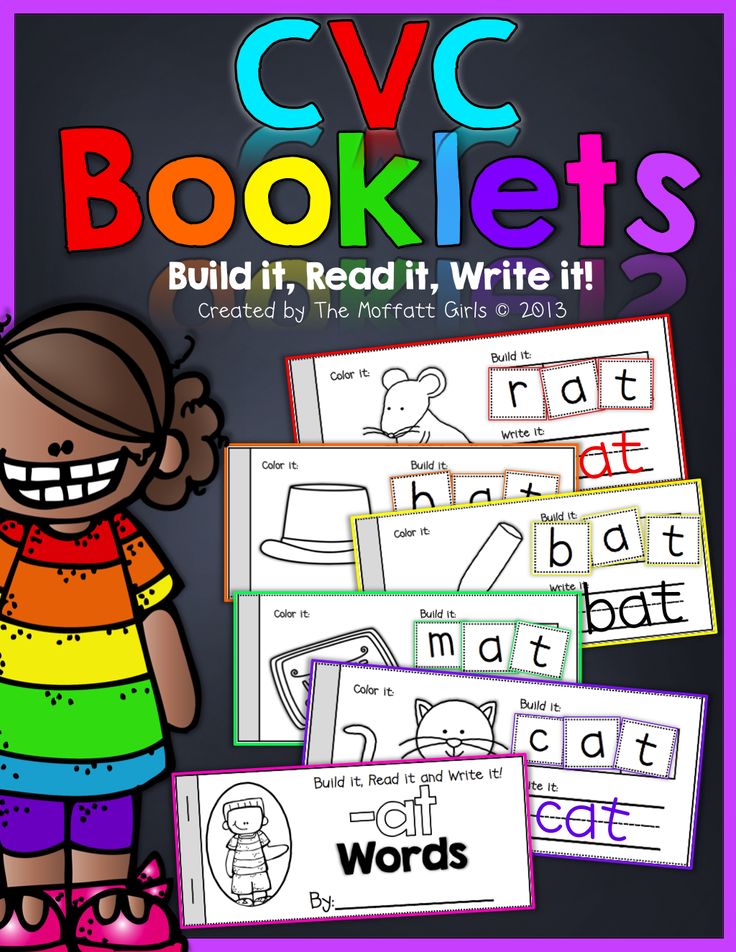High frequency word games
7 Awesome and Fun High-Frequency Word Games for Kindergarten
High-frequency word games for kindergarten have always been a favorite of mine! I try to use them in my classroom to support learning whenever possible. After learning the difference between sight words vs. high-frequency words, I knew I needed to provide my students with repeated exposure and practice. Playing high-frequency word games for kindergarten can help students turn high-frequency words into sight words.
Benefits of High-Frequency Word Games for Kindergarten
Why use games for high-frequency words in the classroom? High-frequency word games for kindergarten help students learn while having fun. Simply saying the word game adds instant excitement. Sight word practice games also provide an opportunity to reinforce learning. In addition, when playing games, students may have the opportunity to practice teamwork and problem-solving.
What Are Some High-Frequency Word Games for Kindergarten?
Many games you already have will work great in the classroom. However, if you don’t have any games lying around, you can often find old board games to transform at yard sales, garage sales, or Goodwill. Add high-frequency words to the cards or pieces, and you have created high-frequency word games for kindergarten. These 7 games are also perfect for hands-on sight word activities and sight word literacy centers.
Jenga
Jenga is a well-loved game. Turn this game into a high-frequency word game by writing a high-frequency word on each block. Then, when students pull out a block, they must read the word aloud before placing it on top of the tower.
Tic-Tac-Toe
When playing Tic-Tac-Toe, players typically mark X or O. Instead, have students choose a sight word to write on their turns. The first to get three in a row with their sight word wins.
Hangman
Hangman is already a word game. Instead of picking any word, pick a high-frequency word to play with. Players will take turns guessing letters to spell the high-frequency word before an entire person is drawn.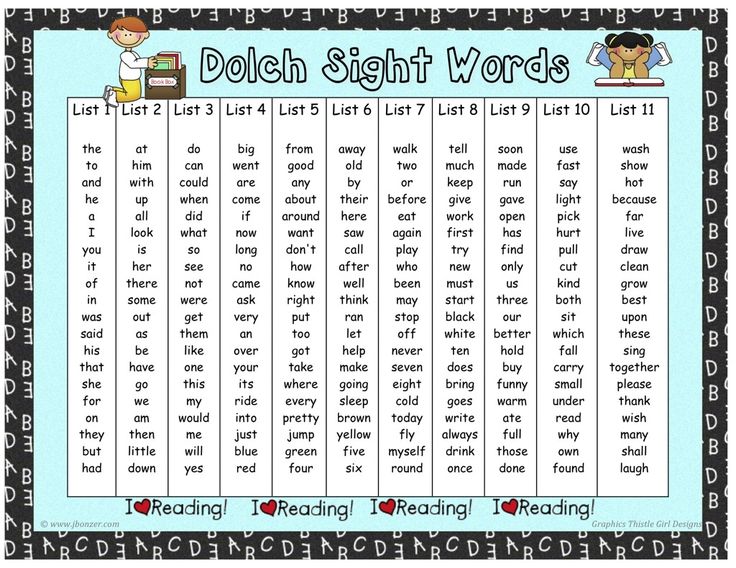 You can also play this game digitally and project it on an interactive whiteboard. Build a House and Food Builder are examples of digital sight word games.
You can also play this game digitally and project it on an interactive whiteboard. Build a House and Food Builder are examples of digital sight word games.
Movement Games
Games and movement are a great combo. Movement Games: Pre-Primer Words and Movement Game: Primer Words allow students to exercise and read simultaneously. Use the programmed boards or enter your own sight words.
Board Games
Candy Land and Connect 4 are just a few examples of board games that can become high-frequency word games. Write words on the Candy Land cards and have students read them before moving to the color. Use yard sale stickers to add sight words to the Connect 4 chips. Read the words before making a play.
Zap
Popsicle sticks and a cup are all that are needed to play Zap. First, write a sight word on each stick. Next, write ZAP on several sticks. Finally, place all of the sticks into the cup. Students take turns pulling out sticks and reading the sight word. If they pull a Zap! they return all of their sticks to the cup.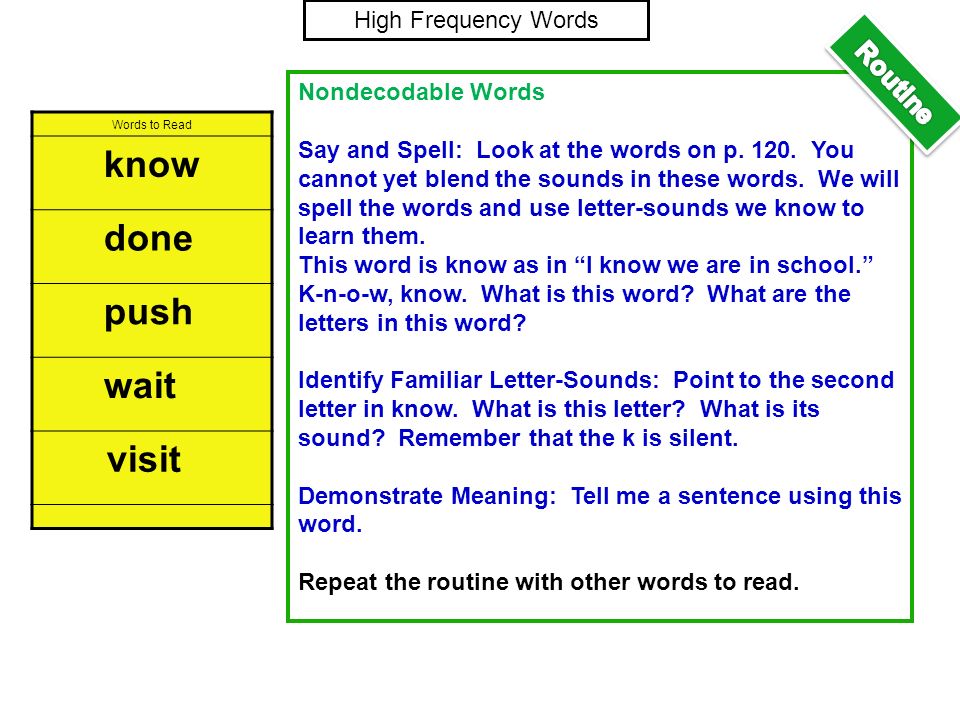
Memory
Choose the high-frequency words you wish to play with. Write each word on 2 cards. Flip the cards over. To play, students take turns flipping over 2 cards to try and make a match.
When Can I Use High-Frequency Word Games for Kindergarten?
High-frequency word games for Kindergarten can be used in the classroom at various times during the school day. After they have been introduced, they would be a great way to ease into school and start the day! These fun sight word practice games would also be a great way to practice and review during your phonics block. They would also work well during word work, guided reading, or sight word literacy centers. Since your students feel like they are playing and not learning, they may even want to play them during free-choice.
Research shows it can take 17 exposures to learn a new word. Therefore, high-frequency word activities for kindergarten, such as high-frequency word games for kindergarten, will provide exposure and help students turn high-frequency words into sight words.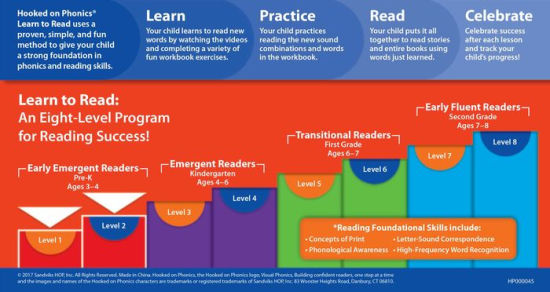
Check out these other sites to learn more about high-frequency word games for kindergarten:
- 10 Fun Activities for High-Frequency Words
- 20 Sight Word Games, Activities, and Reading Ideas
- 25 Super Sun Sight Word Games
What are some of your favorite high-frequency word games to play with your students?
High Frequency Words (15 Fun Sight Word Activities)
Table of Contents
- 1 What are High-Frequency Words
- 2 Why are Sight Words Important
- 3 Activities to Practice High Frequency Words
- 4 Free Sight Word Printable
- 5 High Frequency Word List
Some of the links in this post are affiliate links. This means if you click on the link and purchase the item, I will receive a small commission at no extra cost to you. All opinions remain my own.
Let’s talk about what high frequency words are, and how to have fun learning them. Whether you are looking for activities to do at home or in the classroom, these games for high frequency words will help your reader build fluency, reinforce high frequency words, and engage them with hands-on reading strategies.
What are High-Frequency Words
High frequency words, also referred to as sight words, are the most common words in the English language . According to Reading A-Z, 50 percent of all text is composed of high frequency words.
Why are Sight Words Important
Sometimes known as sight words, high frequency words are important to learn to become a fluent reader. A reader’s fluency is composed of their speed, accuracy, and expression.
If the kids become stuck on sounding out word by word, they will lose comprehension. Therefore, by learning to read these most commonly used words in text (high frequency words) by memorization, emergent readers will instantly recognize these words and increase their speed and accuracy.
Activities to Practice High Frequency Words
As a former kindergarten teacher, parents often ask me “How do I teach my 5 year old sight words?”, and “How can I make learning sight words fun?” The truth is there are many ways to make learning to read fun.
These sight word activities will engage kids in a multi-sensory approach to learning how to read. Both parents and teachers will see that fun sight word games are at their fingertips with many of these household items.
1. Sight Word Superstars
Your kids will become “Sight Word Superstars” with these printable activities. Each sheet has the kids practicing their high frequency words 6 different ways!
First, you get to choose which set if best for your kids. Then, they will trace, write, find and circle, tap and read, use in a sentence, and build the word!
Get the Sight Word Superstars HERE or on TPT
2. Popsicle Stick Sight Word Game
Write the sight words on Popsicle sticks. Write “DYNAMITE” on a couple sticks. Put them in a jar. Pull them out
one-by-one, read the word. If you pull dynamite, you have to put them all back in the jar.
I used this game often as a reading tutor for kindergarten, first, and second grade.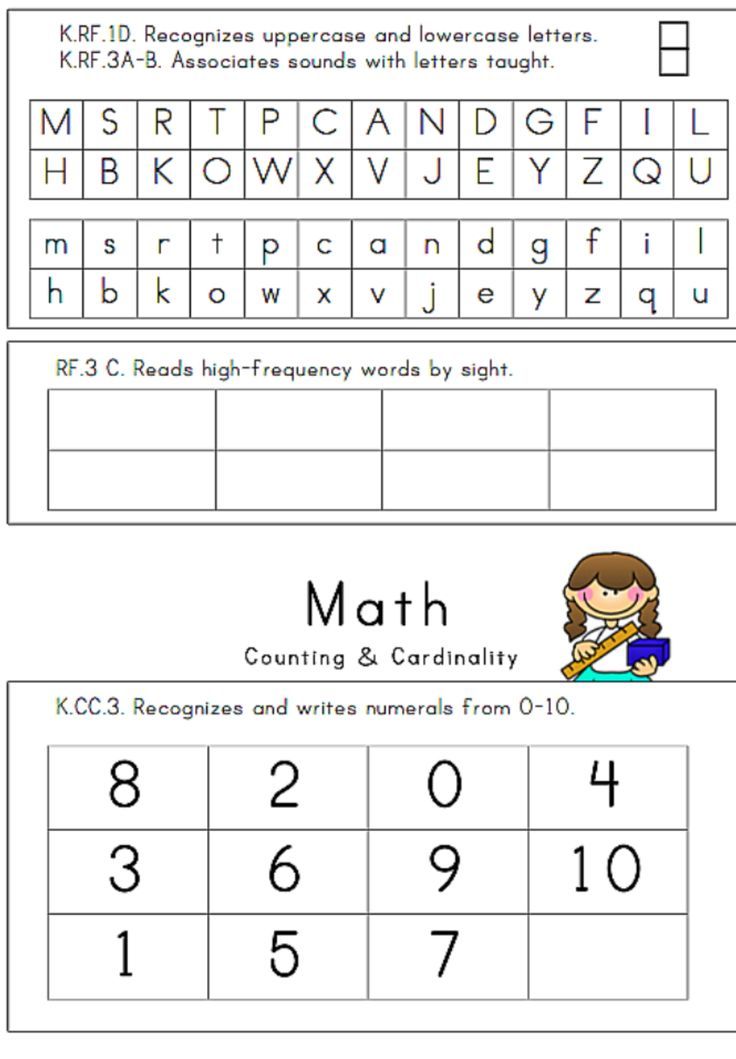 We would play in a small group, but this is also great as a time filler for the whole class.
We would play in a small group, but this is also great as a time filler for the whole class.
3. Write the Words in Salt
Writing the words in sand is a great sensory-based strategy to practice high frequency words. Pour some salt into a small cookie sheet, and let the kids use their finger to write the word.
4. Magnetic Letter Sight Words
Spelling sight words with magnetic letters is a simple hands-on approach to reading.
You can build high frequency words on a file cabinet, refrigerator, on a magnetic dry-erase board, or without a magnetic surface. Simply lay the magnetic letters out on a table to spell the sight words.
The kids can pull from a collection of sight word cards, and build the word using the magnetic letters, and write the word. This awesome magnetic letter kit, posted in my classroom must-haves, comes with foam magnetic letters already sorted and labeled. a magnetic dry-erase board, letter cards, dry-erase markers, and fun holiday magnets.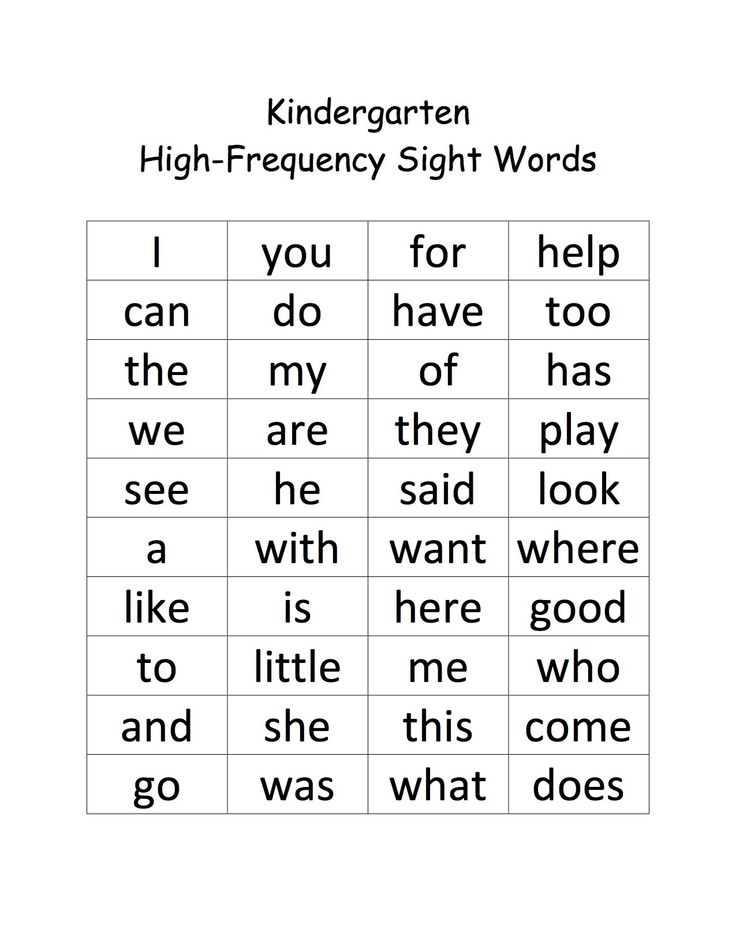
5. Sight Word Hunt with Nursery Rhymes
Did you know children who are frequently exposed to nursery rhymes early on, are much more likely to develop strong reading skills? It’s true! This is why I use nursery rhymes to teach kids how to read. You can read more on my post about popular nursery rhyme songs for kids.
After introducing a new printable nursery rhyme, let the kids hunt through and highlight the sight words you are focusing on.
6. Sight Word Tic-Tac-Toe
Add a twist to a classic game. Let the kids pull a sight word card. Then, they read it, use it in a sentence or spell it before adding an X or O to the board.
7. Sight Word War
Playing with a partner, use 2 stacks of sight word cards, each player flips over a card. Whoever reads the sight word first keeps the cards. If they flip the same word card, it’s War! Then, they lay 2 facing down, and the third one flipped up. Whoever reads that third one fastest, wins that pile. In the end, the kid with the most card, wins.
In the end, the kid with the most card, wins.
8. Use Wikki Stix
The kids love using Wikki Stix to make words, numbers, and shapes. Why not let them use Wikki Stix to make the sight words?
9. Shaving Cream Sight Words
Write the high frequency words in a dab of shaving cream on the table. Shaving cream writing is excellent for sensory based interventions.
Using shaving cream for spelling words and writing sight words are just a few of the shaving cream activities for kids who are kinesthetic learners. You can also make shaving cream playdough and have the kids make the words with that.
10. LEGO Sight Word Game
Use dry erase markers to write sight words on the side of legos, and place them in a pile. Call out a word, have your child find the lego with that word, and add to the tower. There are endless sight word lego activities for kids.
If your child is doing well at recognizing the sight words, but has difficulty spelling them, you can write individual letters on the legos and have them build the word.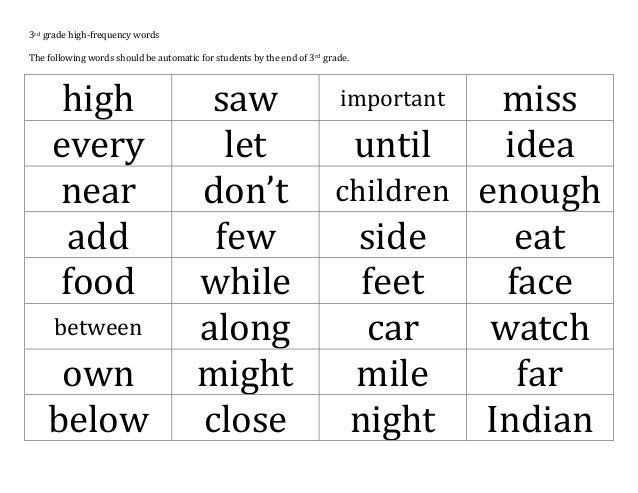
You will want to use the large Mega Blocks if writing the whole word, such as the ones used for my pictures. The standard lego size is too small. Did you know LEGOS are on my list for the 10 Best Learning Toys for Kids?
11. Flashlight Tag With Sight Words
Hang sight words around the house, or in the classroom. Then, turn off the lights, call out a sight word, and have your little learner find it with a flashlight.
12. Sight Word Tallies
Write 5 sight words on a piece of paper. Search through books and magazines, and put tally marks next to the words as you find the words.
13. PlayDoh Sight Words
Use playdoh to form the letters and build the sight words. In the video below, you will see how my first grade students used playdough to make high frequency words. After they form the word, they trace it with their finger, then use the word in a sentence. As a follow up, have your kiddos write the sight word, or write a sentence using the sight word.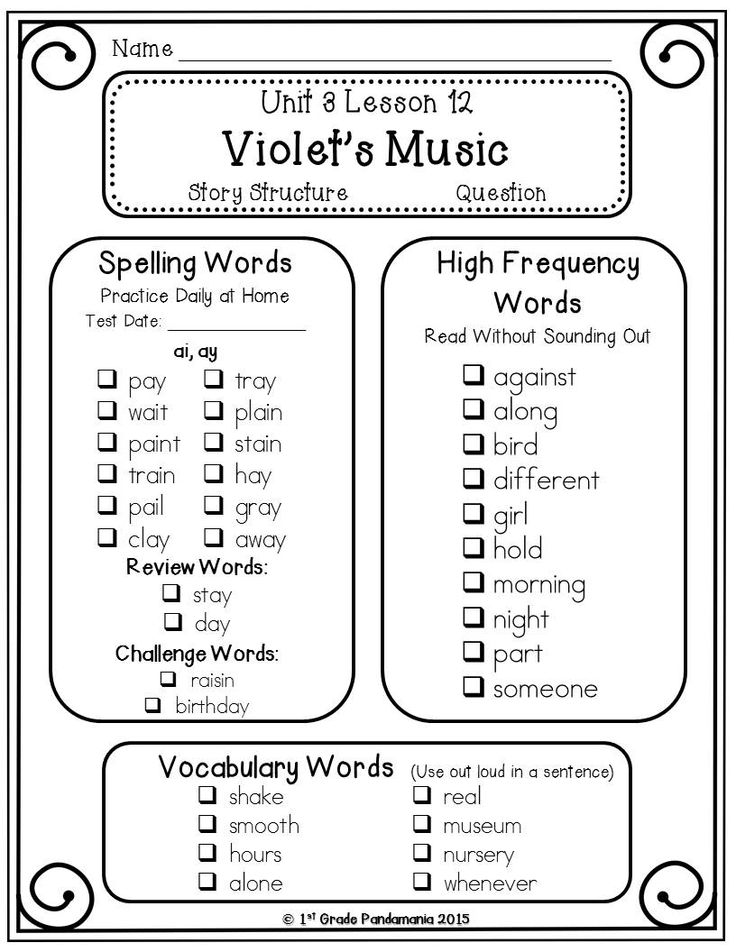
14. Play I Have, Who Has
I Have Who Has is a fun way to practice any skill. In this case, the kids can practice reading sight words with family members, in a small group, or in a whole class setting.
The kids read the high-frequency word on their card, then ask who has the word printed on the bottom half of their card. The video below is a demonstration of I Have, Who Has being played in a small group.
You can choose from the following printable I Have, Who Has games below:
- Pre-Primer Sight Words I Have, Who Has
- Primer Sight Words I Have, Who Has
- First Grade Sight Words I Have, Who Has
15. Use Traditional Flashcards
You can also print a set of sight word flashcards, or write the words on index cards, and review 5-10 a night.
Free Sight Word Printable
Teaching kids how to read requires patience and daily practice.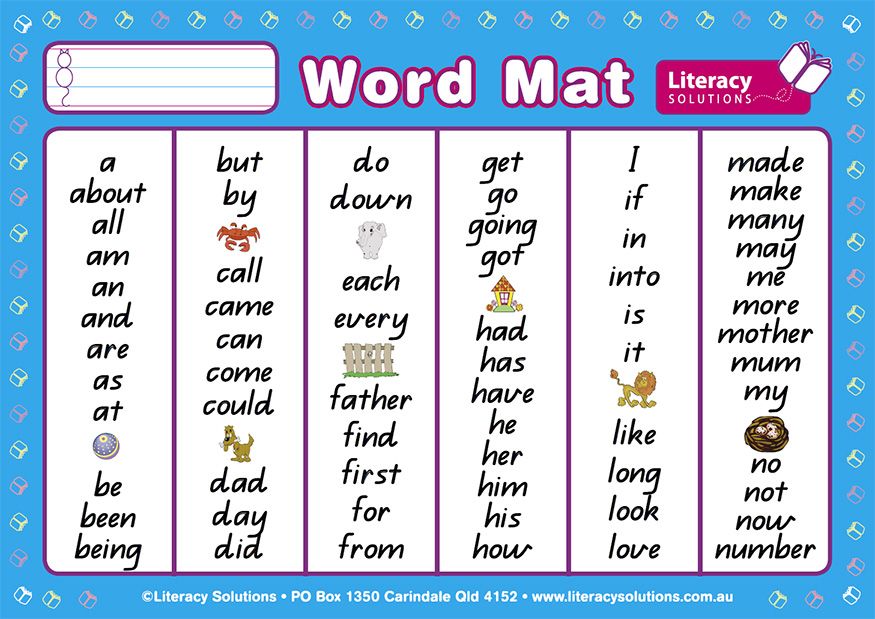 Parents often want to help at home, but aren’t sure what to do. You can get this free letter as a reminder of how to help kids with sight words at home.
Parents often want to help at home, but aren’t sure what to do. You can get this free letter as a reminder of how to help kids with sight words at home.
Grab your FREE Parent Letter for Sight Words, HERE.
High Frequency Word List
If you look over an elementary school’s curriculum, you may find they have a list of words per grade level, along with reading materials, word rings, class books, and more for the young children to use.
Typically, there are two major lists of common sight words young readers will learn from. They are the dolch words and fry words.
Dolch Words
Pre-Primer: the, to, and, a, I, you, it, in, said, for, up, look, is, go, we, little, down, can, see, not, one, my, me, big, come, blue, red, where, jump, away, here, help, make, yellow, two, play, run, find, three, funny
Primer: he, was, that, she, on, they, but, at, with, all, there, out, be, have, am, do, did, what, so, get, like, this, will, yes, went, are, now, no, came, ride, into, good, want, too, pretty, four, saw, well, ran, brown, eat, who, new, must, black, white, soon, our, ate, say, under, please
First Grade Words: of, his, had, him, her, some, as, then, could, when, were, them, ask, an, over, just, from, any, how, know, put, take, every, old, by, after, think, let, going, walk, again, may, stop, fly, round give, once, open, has, live, thank
Second Grade Words: would, very, your, its, around, don’t right, green, their, call, sleep, five, wash, or, before, been, off, cold, tell, work, first, does, goes, write, always, made, gave, us, buy, those, use, fast, pull, both, sit, which, read, why, found, because, best, upon, these, sing, wish, many
Fry List of Words:
Fry words, unlike the Dolch list, are not broken down into grade level.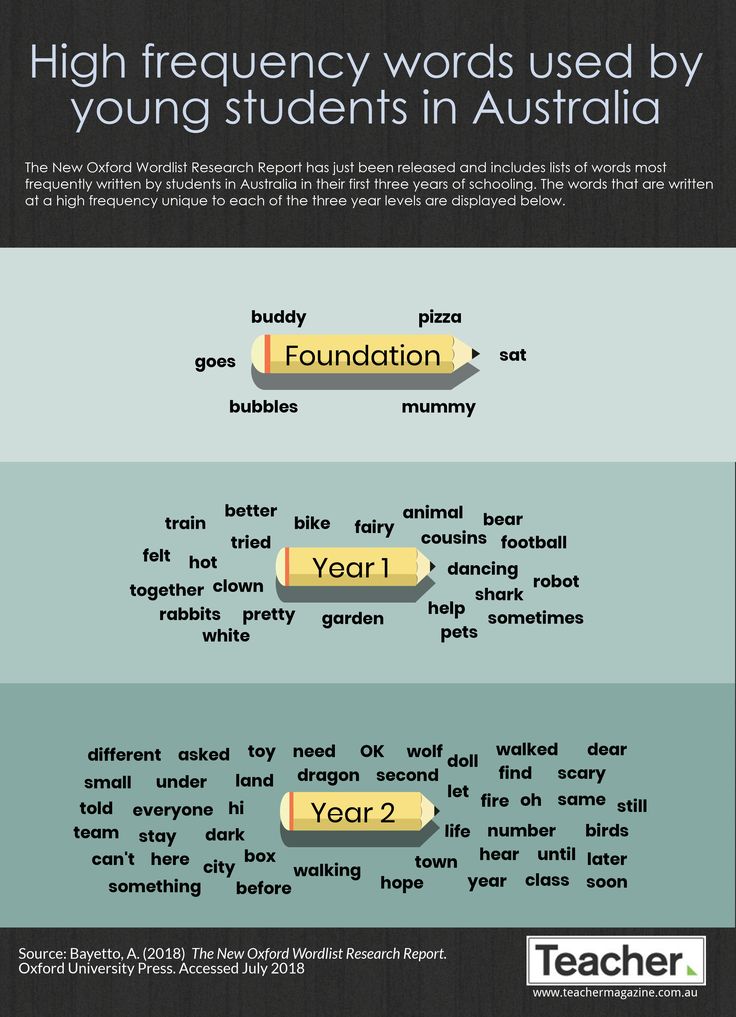 The kids, however, are introduced to new words after mastering each group of 100. This does not mean young children are expected to learn 100 instant words at once. Most often, the teachers break down the expected amount of words to learn in groups of 5-10 at a time, week after week.
The kids, however, are introduced to new words after mastering each group of 100. This does not mean young children are expected to learn 100 instant words at once. Most often, the teachers break down the expected amount of words to learn in groups of 5-10 at a time, week after week.
Fry’s First 100 Words: the, of, and, a, to, in, is, you, that, it, he, was, for, on, are, as, with, his, they, I , at, be, this, have, from, or, one, had, by, words, but, not, what, all, were, we, when, your, can, said, there, use, an, each, which, she, do, how, their, if, will, up, other, about, out, many, then, them, these, so, some, her, would, make, like, him, into, time, has, look, two, more, write, go, see, number, no, way, could, people, my, than, first, water, been, called, who, am, its, now, find, long, down, day, did, get, come, made, may, part.
You can search for the remaining words,- they are known as the second and third lists. The Fry and dolch sight words increase in difficulty as the kids get older.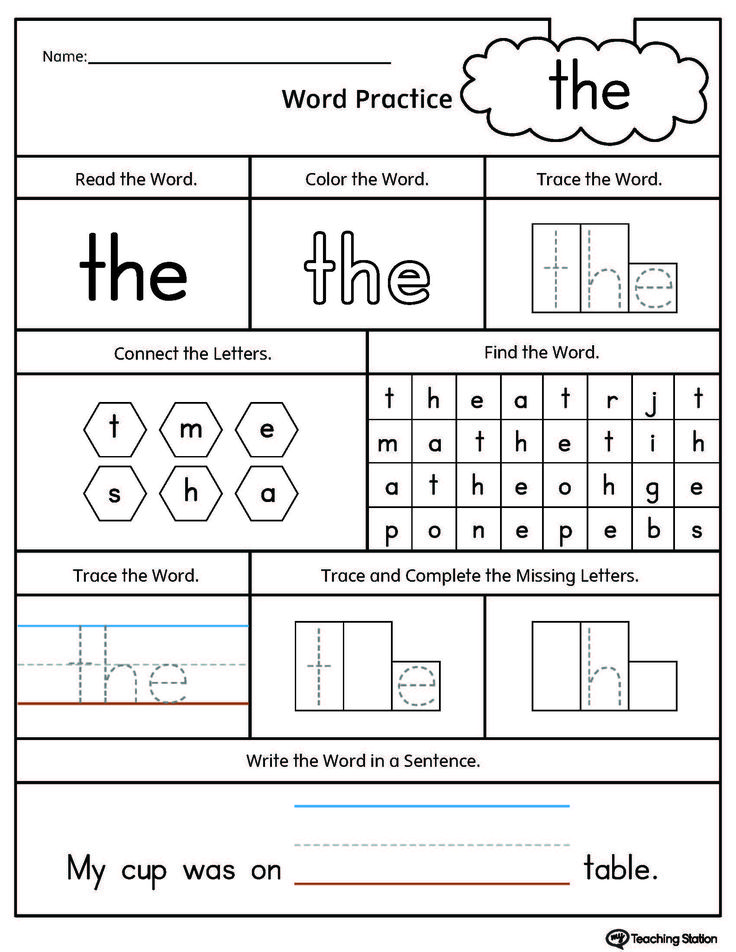
Before you go, here are some blog posts you may enjoy:
20 Basics of a Kindergarten Classroom
122 Best Knock Knock Jokes Kids Love
34 Best Nursery Rhymes for Kids
15 Amazing Benefits of Math Talks with Kids
25 Printable Kindergarten Vocabulary Worksheets
High Frequency Words
Word games • Arzamas
You have Javascript disabled. Please change your browser settings.
Children's room ArzamasMaterialsMaterials
Arzamas for classes with schoolchildren! A selection of materials for teachers and parents
Everything you can do in an online lesson or just for fun
Cartoons are festival winners. Part 2
Tales, parables, experiments and absurdity
Guide to Yasnaya Polyana
Leo Tolstoy's favorite bench, greenhouse, stable and other places of the museum-estate of the writer worth seeing with children Migrants: how to fight for their rights with the help of music
Hip-hop, carnival, talking drums and other non-obvious ways
Old records: fairy tales of the peoples of the world
We listen and analyze Japanese, Italian, Scandinavian and Russian fairy tales
Video: ISS commander asks a scientist about space
Lecture at an altitude of 400 kilometers
How to make a movie
Horror film, comedy and melodrama at home
The most unusual animation techniques from sunflowers, cartoons and VR spices
Play the world's percussion instruments
Learn how the gong, marimba and drum work and build your own orchestra
How to put on a show
Shadow theatre, reading and other home theater options for children
Soviet puzzles
Solve children's puzzles of the 1920s-70s
22 cartoons for the little ones
What to watch if you don't have six
From "Wild Dog Dingo" to 904 "Timur and his team" 9003 What do you need 9003 to know about the main Soviet books for children and teenagers
A guide to children's poetry of the 20th century
From Agnia Barto to Mikhail Yasnov: children's poems in Russian
10 books by artists
Pages made of tracing paper - Milanese fog, and binding between reality and fantasy
How to choose a modern children's book
"Like Pippi, only about love": explaining new books through old ones
Word games
"Hat", "telegrams", "MPS" and other old and new games
Games from classic books
What the heroes of the works of Nabokov, Lindgren and Milne play
Plasticine animation: the Russian school
From Plasticine Crow to Plasticine Sausage
Cartoons - winners of festivals
Brave Mom, My Strange Grandpa, A Very Lonely Rooster and others
Non-fiction for children
How a whale’s heart beats, what’s inside a rocket and who plays the didgeridoo — 60 books about the world around
Guide to foreign popular music
200 artists, 20 genres and 1000 songs that will help you understand the music of the 1950s-2000s
Cartoons based on poems
Poems by Chukovsky, Kharms, Gippius and Yasnov in Russian animation
Home games
Shadow theater, crafts and paper dolls from children's books and magazines of the 19th–20th centuries
Books for the smallest
Modern literature from 0 to 5: read, look at, study
Puppet animation: Russian school 9004
Crow in Love, Devil No. 13, Lyolya and Minka and other old and new cartoons
13, Lyolya and Minka and other old and new cartoons
Smart coloring books
Museums and libraries offer to paint their collections
Reprints and reprints of children's books
Favorite fairy tales, stories and magazines of the last century, which you can buy again
What you can hear in classical music
Steps on ice, the voice of the cuckoo and the sounds of the night forest in the great compositions of the 18th-20th centuries
Soviet educational cartoons
Archimedes , dinosaurs, Antarctica and space — popular science cartoons in the USSR
Logic puzzles
Solve the argument of the wise men, make a bird out of a shirt and count the kittens correctly
Contemporary children's stories
The best short stories about grandmothers, cats, spies and knights
How Russian lullabies work
We explain why a spinning top is scary and why you shouldn't lie down on the edge. Bonus: 5 lullabies by Naadya
Musical fairy tales
How Tchaikovsky, Rimsky-Korsakov and Prokofiev work with the plots of children's fairy tales
Armenian School of Animation
The most rebellious cartoons of the Soviet Union
The Dina Goder Cartoon Collection
The Program Director of the Big Cartoon Festival advises what to watch with your child
Cartoons about art
How to tell children about Picasso, Pollock and Tatlin using animation
40 fire and who has a sieve in his nose: riddles from "Chizh", "Hedgehog" and books by Marshak and Chukovsky
Yard games
"Traffic light", "Shtander", "Kolechko" and other games for a large company
Poems that are interesting to learn by heart
What to choose if you were asked to learn a poem about mother, New Year or autumn
Old audio performances for children
Ole Lukoye, Gray Sheika, Cinderella and other interesting Soviet Recordings
Cartoons with classical music
How animation works with the music of Tchaikovsky, Verdi and Glass
How children’s rhymes work
“Ene, bene, slave, kvanter, manter, toad”: what does it all mean
"Hat", "telegrams", "MPS" and other games that require almost nothing but company and a desire to have a good time
Author Lev Gankin
Primer “A. B. C. Trim, alphabet enchanté. Illustrations by Bertal. France, 1861 Wikimedia Commons
B. C. Trim, alphabet enchanté. Illustrations by Bertal. France, 1861 Wikimedia Commons Oral games
Associations
Game for a big company. The host briefly leaves the room, during which time the rest decide which of those present they will guess (this may be the host himself). Upon returning, the player asks the others questions - what flower do you associate this person with, what vehicle, what part of the body, what kitchen utensils, etc. - in order to understand who is hidden. Questions can be very different - this is not limited by anything other than the imagination of the players. Since associations are an individual matter and an exact match may not happen here, it is customary to give the guesser two or three attempts. If the company is small, you can expand the circle of mutual acquaintances who are not present at that moment in the room, although the classic version of "associations" is still a hermetic game.
Game of P
A game for a company of four people, an interesting variation on the "hat" theme (see below), but does not require any special accessories.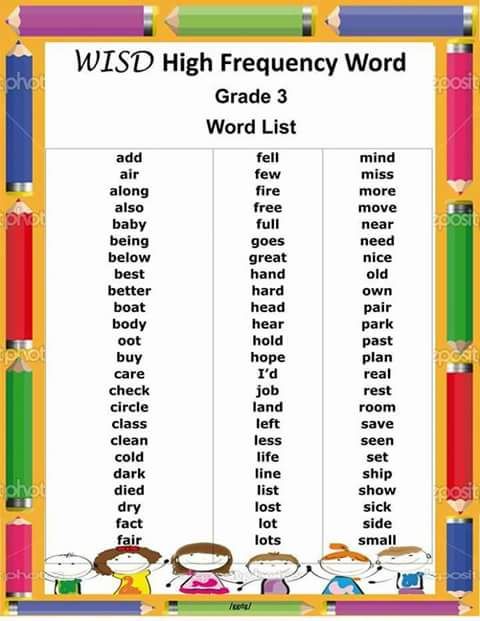 One player guesses a word to another, which he must explain to the others, but he can only use words starting with the letter "p" (any, except for the same root). That is, the word "house" will have to be explained, for example, as follows: "I built - I live." If you couldn’t guess right away, you can throw up additional associations: “building, premises, space, the simplest concept ...” And at the end add, for example, “Perignon” - by association with Dom Perignon champagne. If the guessers are close to winning, then the facilitator will need comments like “about”, “approximately”, “almost right” - or, in the opposite situation: “bad, wait!”. Usually, after the word is guessed, the explainer comes up with a new word and whispers it into the ear of the guesser - he becomes the next leader.
One player guesses a word to another, which he must explain to the others, but he can only use words starting with the letter "p" (any, except for the same root). That is, the word "house" will have to be explained, for example, as follows: "I built - I live." If you couldn’t guess right away, you can throw up additional associations: “building, premises, space, the simplest concept ...” And at the end add, for example, “Perignon” - by association with Dom Perignon champagne. If the guessers are close to winning, then the facilitator will need comments like “about”, “approximately”, “almost right” - or, in the opposite situation: “bad, wait!”. Usually, after the word is guessed, the explainer comes up with a new word and whispers it into the ear of the guesser - he becomes the next leader.
Lectures for children on this topic:
Course of lectures for children about the languages of the world
How many languages in the world, how do they differ and how are they similar to each other
Course of lectures for children about strange and new words of the Russian language
Why do linguists study jargon, parasitic words and speech errors
Primer "A.Say the Same Thing
An upbeat and fast-paced game for two, named after a video clip by the inventive rock band OK Go, from which many people learned about it (the musicians even developed a mobile application that helps to play it from a distance, although it is currently unavailable). The meaning of the game is that on the count of one-two-three each of the players pronounces a randomly chosen word. Further, the goal of the players is, with the help of successive associations, to come to a common denominator: for the next time, two or three, both pronounce a word that is somehow connected with the previous two, and so on until the desired coincidence occurs. Suppose the first player said the word "house" and the second player said the word "sausage"; in theory, they can coincide very soon, if on the second move after one-two-three both say "store". But if one says “shop”, and the other says “refrigerator” (why not a sausage house?), then the game can drag on, especially since it’s impossible to repeat - neither the store nor the refrigerator will fit, and you will have to think, say, before "refrigerator" or "IKEI".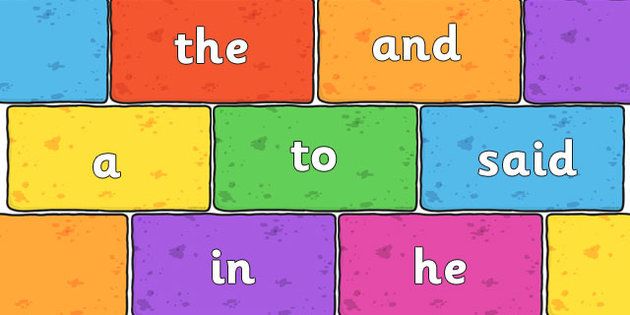 If the original words are far from each other (for example, "curb" and "weightlessness"), then the gameplay becomes completely unpredictable.
If the original words are far from each other (for example, "curb" and "weightlessness"), then the gameplay becomes completely unpredictable.
Characters
A game for the company (the ideal number of players is from four to ten), which requires from the participants not only good imagination, but also, preferably, a little bit of acting skills. As usual, one of the players briefly leaves the room, and while he is gone, the rest come up with a word, the number of letters in which matches the number of participants remaining in the room. Next, the letters are distributed among the players, and a character is invented for each of them (therefore, words that contain "b", "s" or "b" do not fit). Until the word is guessed, the players behave in accordance with the chosen character - the leader's task is to understand exactly what characters his partners portray and restore the hidden word. Imagine, for example, that a company consists of seven people. One leaves, the rest come up with a six-letter word "old man" and distribute roles among themselves: the first, say, will be with indoor, the second - t erpel, the third - a secondary, the fourth - p asylum, the fifth - and mane and sixth - to ovary. The returning player is greeted by a cacophony of voices - the company "lives" their roles until they are unraveled, and the host asks the players questions that help reveal their image. The only condition is that as soon as the presenter pronounces the correct character - for example, guesses the insidious one - he must admit that his incognito has been revealed and announce the number of his letter (in the word "old man" - the sixth).
The returning player is greeted by a cacophony of voices - the company "lives" their roles until they are unraveled, and the host asks the players questions that help reveal their image. The only condition is that as soon as the presenter pronounces the correct character - for example, guesses the insidious one - he must admit that his incognito has been revealed and announce the number of his letter (in the word "old man" - the sixth).
Recognize the song
A game for a company of four to five people. The host leaves, and the remaining players choose a well-known song and distribute its words among themselves - each word. For example, the song “Let there always be sun” is guessed: one player gets the word “let”, the second - “always”, the third - “will be”, the fourth - “sun”. The host returns and begins to ask questions - the most varied and unexpected: "What is your favorite city?", "Where does the Volga flow?", "What to do and who is to blame?".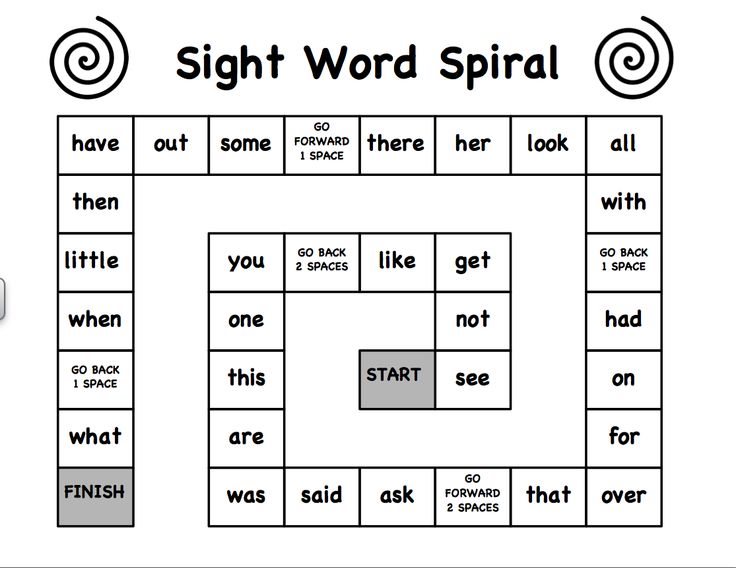 The task of the respondents is to use their own word in the answer and try to do it in such a way that it does not stand out too much; you need to answer quickly and not very extensively, but not necessarily truthfully. Answers to questions in this case can be, for example, “It’s hard for me to choose one city, but let today it will be Rio de Janeiro" or "Volga - into the Caspian, but this does not happen always , every third year it flows into the Black". The presenter must catch which word is superfluous in the answer and guess the song. They often play with lines from poetry rather than from songs.
The task of the respondents is to use their own word in the answer and try to do it in such a way that it does not stand out too much; you need to answer quickly and not very extensively, but not necessarily truthfully. Answers to questions in this case can be, for example, “It’s hard for me to choose one city, but let today it will be Rio de Janeiro" or "Volga - into the Caspian, but this does not happen always , every third year it flows into the Black". The presenter must catch which word is superfluous in the answer and guess the song. They often play with lines from poetry rather than from songs.
Tip
A game for four people divided into pairs (in principle, there can be three or four pairs). The mechanics is extremely simple: the first player from the first pair whispers a word (a common noun in the singular) into the ear of the first player from the second pair, then they must take turns calling their associations with this word (in the same form - common nouns; cognate words cannot be used ). After each association, the teammate of the player who voiced it calls out his word, trying to guess if it was originally guessed - and so on, until the problem is solved by someone; at the same time, all associations already sounded in the game can be used in the future, adding one new one at each move. For example, suppose there are players A and B on one team, and C and D on the other. Player A whispers the word "old man" into player C's ear. Player C says aloud to his partner D: "age". If D immediately answers "old man", then the pair of C and D scores a point, but if he says, for example, "youth", then the move goes to player A, who, using the word "age" suggested by C (but discarding the irrelevant to the case "youth" from D), says to his partner B: "age, man." Now B will probably guess the old man - and his team with A will already earn a point. But if he says "teenager" (thinking that it is about the age when boys turn into men), then C, to whom the move suddenly returned, will say " age, man, eightieth birthday”, and here, probably, “old man” will be guessed.
After each association, the teammate of the player who voiced it calls out his word, trying to guess if it was originally guessed - and so on, until the problem is solved by someone; at the same time, all associations already sounded in the game can be used in the future, adding one new one at each move. For example, suppose there are players A and B on one team, and C and D on the other. Player A whispers the word "old man" into player C's ear. Player C says aloud to his partner D: "age". If D immediately answers "old man", then the pair of C and D scores a point, but if he says, for example, "youth", then the move goes to player A, who, using the word "age" suggested by C (but discarding the irrelevant to the case "youth" from D), says to his partner B: "age, man." Now B will probably guess the old man - and his team with A will already earn a point. But if he says "teenager" (thinking that it is about the age when boys turn into men), then C, to whom the move suddenly returned, will say " age, man, eightieth birthday”, and here, probably, “old man” will be guessed. In one of the variants of the game, it is also allowed to "shout": this means that, having suddenly guessed what was meant, the player can shout out the option not on his turn. If he guessed right, his team will get a point, but if he rushed to conclusions, the team will lose a point. They usually play up to five points.
In one of the variants of the game, it is also allowed to "shout": this means that, having suddenly guessed what was meant, the player can shout out the option not on his turn. If he guessed right, his team will get a point, but if he rushed to conclusions, the team will lose a point. They usually play up to five points.
IPU
Game for a big company. Here we are forced to warn readers that, having seen this text in full, you will never be able to drive again - the game is one-time.
Spoiler →
First, the player who gets to drive leaves the room. When he returns, he must find out what MPS means - all that is known in advance is that the bearer of this mysterious abbreviation is present in the room right now. To find out the correct answer, the driver can ask other players questions, the answers to which should be formulated as “yes” or “no”: “Does he have blond hair?”, “Does he have blue eyes?”, “Is this a man?”, “He in jeans?", "Does he have a beard?"; moreover, each question is asked to a specific player, and not to all at once.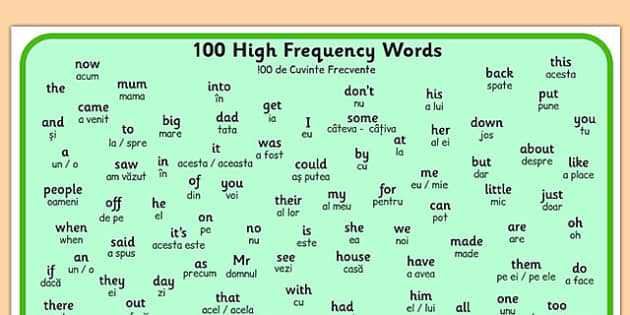 Most likely, it will quickly become clear that there is simply no person in the room who meets all the criteria; Accordingly, the question arises, according to what principle the players give answers. "Opening" this principle will help answer the main question - what is MPS. The Ministry of Railways is not the Ministry of Communications at all, but m oh p equal s seated (that is, each player always describes the person sitting to his right). Another option is COP, to then about answered n last (that is, everyone talks about who answered the previous question).
Most likely, it will quickly become clear that there is simply no person in the room who meets all the criteria; Accordingly, the question arises, according to what principle the players give answers. "Opening" this principle will help answer the main question - what is MPS. The Ministry of Railways is not the Ministry of Communications at all, but m oh p equal s seated (that is, each player always describes the person sitting to his right). Another option is COP, to then about answered n last (that is, everyone talks about who answered the previous question).
Contact
A simple game that can be played with a group of three or more people. One thinks of a word (noun, common noun, singular) and calls its first letter aloud, the task of the others is to guess the word, remembering other words with this letter, asking questions about them and checking if the presenter guessed. The facilitator's task is not to reveal the next letters in the word to the players for as long as possible. For example, a word with the letter "d" is guessed. One of the players asks the question: “Is this by chance not the place where we live?” This is where the fun begins: the host must figure out as quickly as possible what the player means and say “No, this is not“ house ”” (well, or, if it was a“ house ”, honestly admit it). But in parallel, other players also think the same thing, and if they understand what “house” means before the leader, then they say: “contact” or “there is contact”, and start counting up to ten in chorus (while the count is going on, the presenter still has a chance to escape and guess what it is about!), and then they call the word. If at least two matched, that is, at the expense of ten they said “house” in chorus, the presenter must reveal the next letter, and the new guesser version will already begin with the now known letters “d” + the next one. If it was not possible to beat the host on this question, then the guessers offer a new option.
The facilitator's task is not to reveal the next letters in the word to the players for as long as possible. For example, a word with the letter "d" is guessed. One of the players asks the question: “Is this by chance not the place where we live?” This is where the fun begins: the host must figure out as quickly as possible what the player means and say “No, this is not“ house ”” (well, or, if it was a“ house ”, honestly admit it). But in parallel, other players also think the same thing, and if they understand what “house” means before the leader, then they say: “contact” or “there is contact”, and start counting up to ten in chorus (while the count is going on, the presenter still has a chance to escape and guess what it is about!), and then they call the word. If at least two matched, that is, at the expense of ten they said “house” in chorus, the presenter must reveal the next letter, and the new guesser version will already begin with the now known letters “d” + the next one. If it was not possible to beat the host on this question, then the guessers offer a new option. Of course, it makes sense to complicate the definitions, and not ask everything directly - so the question about "home" would sound better like "Is this not where the sun rises?" (with a reference to the famous song "House of the Rising Sun" by The Animals). Usually, the one who eventually gets to the searched word (names it or asks a question leading to victory) becomes the next leader.
Of course, it makes sense to complicate the definitions, and not ask everything directly - so the question about "home" would sound better like "Is this not where the sun rises?" (with a reference to the famous song "House of the Rising Sun" by The Animals). Usually, the one who eventually gets to the searched word (names it or asks a question leading to victory) becomes the next leader.
Writing games
Encyclopedia
Not the fastest, but extremely exciting game for a company of four people - you will need pens, paper and some kind of encyclopedic dictionary (preferably not limited thematically - that is, TSB is better than a conditional "biological encyclopedia"). The host finds a word in the encyclopedia that is unknown to anyone present (here it remains to rely on their honesty - but cheating in this game is uninteresting and unproductive).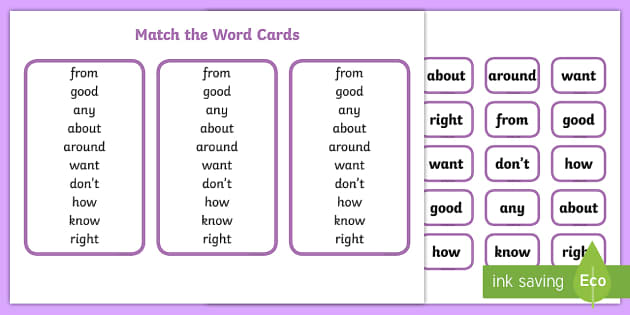 The task of each of the players is to write an encyclopedic definition of this word, inventing its meaning from the head and, if possible, disguising the text as a real small encyclopedic article. The presenter, meanwhile, carefully rewrites the real definition from the encyclopedia. After that, the “articles” are shuffled and read out by the presenter in random order, including the real one, and the players vote for which option seems most convincing to them. In the end, the votes are counted and points are distributed. Any player receives a point for correctly guessing the real definition and one more point for each vote given by other participants to his own version. After that, the sheets are distributed back and a new word is played out - there should be about 6-10 of them in total. You can also play this game in teams: come up with imaginary definitions collectively. The game "poems" is arranged in a similar way - but instead of a compound word, the host selects two lines from some little-known poem in advance and invites the participants to add quatrains.
The task of each of the players is to write an encyclopedic definition of this word, inventing its meaning from the head and, if possible, disguising the text as a real small encyclopedic article. The presenter, meanwhile, carefully rewrites the real definition from the encyclopedia. After that, the “articles” are shuffled and read out by the presenter in random order, including the real one, and the players vote for which option seems most convincing to them. In the end, the votes are counted and points are distributed. Any player receives a point for correctly guessing the real definition and one more point for each vote given by other participants to his own version. After that, the sheets are distributed back and a new word is played out - there should be about 6-10 of them in total. You can also play this game in teams: come up with imaginary definitions collectively. The game "poems" is arranged in a similar way - but instead of a compound word, the host selects two lines from some little-known poem in advance and invites the participants to add quatrains.
Game from Inglourious Basterds
A game for a company of any size that many knew before the Quentin Tarantino film, but it does not have a single name. Each player invents a role for his neighbor (usually it is some famous person), writes it on a piece of paper and sticks the piece of paper on his neighbor's forehead: accordingly, everyone sees what role someone has, but does not know who they are. The task of the participants is, with the help of leading questions, the answers to which are formulated as “yes” or “no” (“Am I a historical figure?”, “Am I a cultural figure?”, “Am I a famous athlete?”), to find out who exactly they are. In this form, however, the game exhausts itself rather quickly, so you can come up with completely different themes and instead of famous people play, for example, in professions (including exotic ones - "carousel", "taxidermist"), in film and literary heroes (you can mix them with real celebrities, but it’s better to agree on this in advance), food (one player will be risotto, and the other, say, green cabbage soup) and even just items.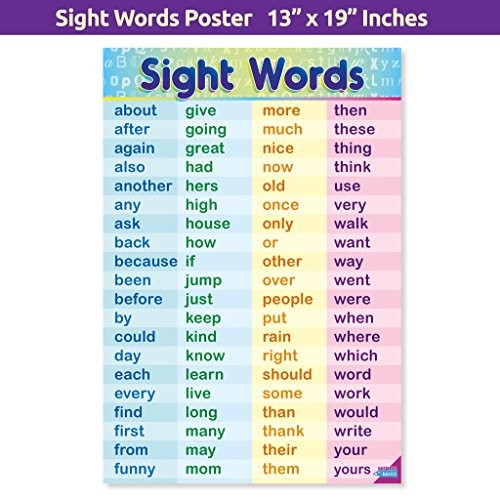
Bulls and cows
A game for two: one participant thinks of a word, and it is agreed in advance how many letters should be in it (usually 4-5). The task of the second is to guess this word by naming other four- or five-letter words; if some letters of the named word are in the hidden one, they are called cows, and if they have the same place inside the word, then these are bulls. Let's imagine that the word "eccentric" is conceived. If the guesser says “dot”, then he receives an answer from the second player: “three cows” (that is, the letters “h”, “k” and “a”, which are in both “eccentric” and “dot”, but in different places). If he then says "head of head", he will no longer get three cows, but two cows and one bull - since the letter "a" in both "eccentric" and "head" is in the fourth position. As a result, sooner or later, it is possible to guess the word, and the players can change places: now the first one will guess the word and count the bulls and cows, and the second one will name his options and track the extent to which they coincide with the one guessed.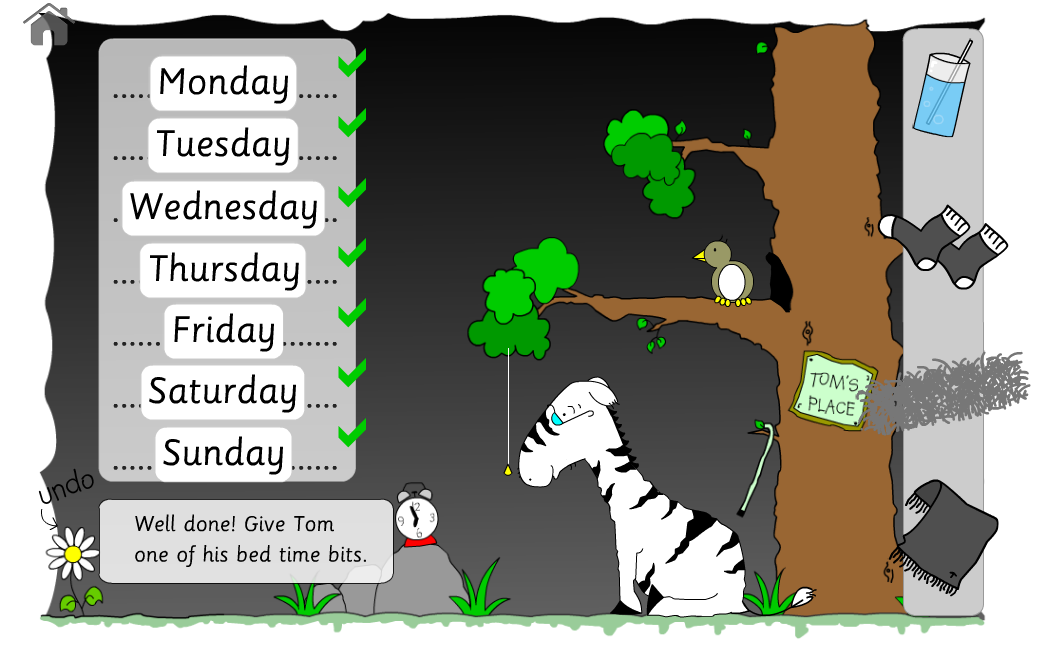 You can also complicate the process by simultaneously guessing your own word and guessing the opponent's word.
You can also complicate the process by simultaneously guessing your own word and guessing the opponent's word.
Intellect
Writing game for the company (but you can also play together), consisting of three rounds, each for five minutes. In the first, players randomly type thirteen letters (for example, blindly poking a book page with their finger) and then form words from them, and only long ones - from five letters. In the second round, you need to choose a syllable and remember as many words as possible that begin with it, you can use single-root ones (for example, if the syllable "house" is selected, then the words "house", "domra", "domain", "domain", "brownie", "housewife", etc.). Finally, in the third round, the syllable is taken again, but now you need to remember not ordinary words, but the names of famous people of the past and present in which it appears, and not necessarily at the beginning - that is, both Karamzin and McCartney will fit the syllable "kar" , and, for example, Hamilcar.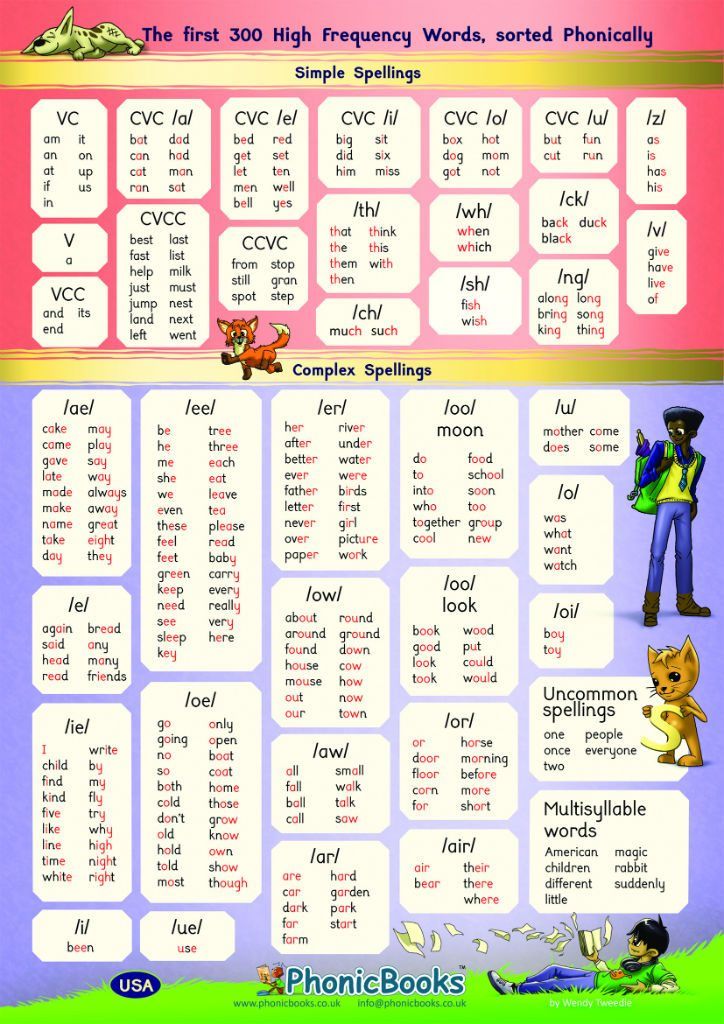 An important detail: since this round provokes the most disputes and scams, game participants can ask each other to prove that this person is really a celebrity, and here you need to remember at least the profession and country. Typical dialogue: "What, you don't know Hamilcar? But this is a Carthaginian commander!” After each round, points are counted: if a particular word is the same for all players, it is simply crossed out, in other cases, players are awarded as many points for it as the opponents could not remember it. In the first round, you can still add points for especially long words. Based on the results of the rounds, it is necessary to determine who took the first, second, third and other places, and add up these places at the end of the game. The goal is to get the smallest number at the output (for example, if you were the winners of all three rounds, then you will get the number 3 - 1 + 1 + 1, and you are the champion; less cannot be purely mathematical).
An important detail: since this round provokes the most disputes and scams, game participants can ask each other to prove that this person is really a celebrity, and here you need to remember at least the profession and country. Typical dialogue: "What, you don't know Hamilcar? But this is a Carthaginian commander!” After each round, points are counted: if a particular word is the same for all players, it is simply crossed out, in other cases, players are awarded as many points for it as the opponents could not remember it. In the first round, you can still add points for especially long words. Based on the results of the rounds, it is necessary to determine who took the first, second, third and other places, and add up these places at the end of the game. The goal is to get the smallest number at the output (for example, if you were the winners of all three rounds, then you will get the number 3 - 1 + 1 + 1, and you are the champion; less cannot be purely mathematical).
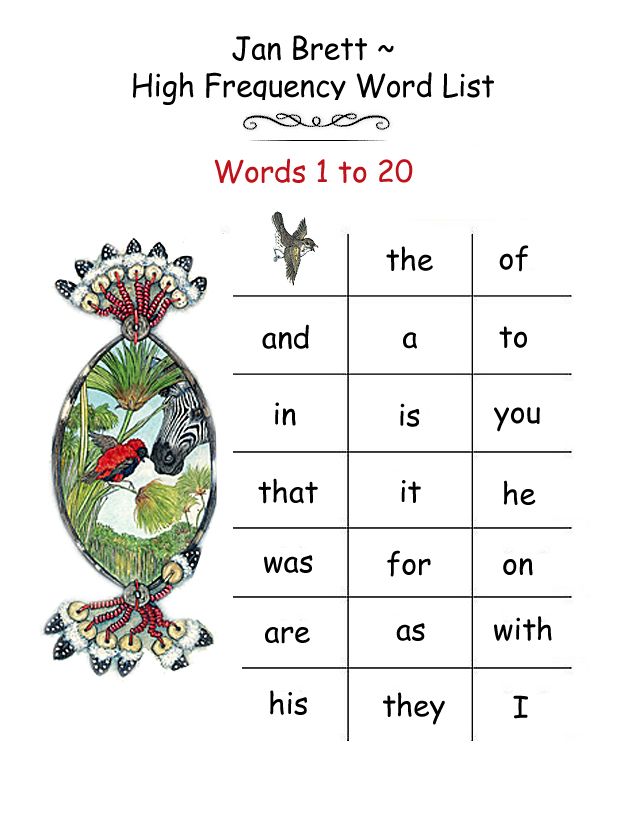 B. C. Trim, alphabet enchanté. Illustrations by Bertal. France, 1861 Wikimedia Commons
B. C. Trim, alphabet enchanté. Illustrations by Bertal. France, 1861 Wikimedia Commons Frame
A game for any number of people, which was invented by one of the creators of the Kaissa chess program and the author of the anagram search program Alexander Bitman. First, the players choose several consonants - this will be the frame, the skeleton of the word. Then the time is recorded (two or three minutes), and the players begin to “stretch” vowels (as well as “й”, “ь”, “ъ”) onto the frame to make existing words. Consonants can be used in any order, but only once, and vowels can be added in any number. For example, players choose the letters "t", "m", "n" - then the words "fog", "cloak", "mantle", "coin", "darkness", "ataman", "dumbness" and other. The winner is the one who can come up with more words (as usual, these should be common nouns in the singular). The game can be played even with one letter, for example, "l". The words “silt”, “lay”, “yula”, “aloe”, “spruce” are formed around it, and if we agree that the letter can be doubled, “alley” and “lily”. If the standard "framework" is mastered, then the task may be to compose a whole phrase with one consonant: a textbook example from the book by Evgeny Gik - "Bobby, kill the boy and beat the woman at the baobab."
If the standard "framework" is mastered, then the task may be to compose a whole phrase with one consonant: a textbook example from the book by Evgeny Gik - "Bobby, kill the boy and beat the woman at the baobab."
Chain of words
Game for any number of players. Many people know it under the name "How to make an elephant out of a fly", and it was invented by the writer and mathematician Lewis Carroll, the author of "Alice". The “chain” is based on metagram words, that is, words that differ by only one letter. The task of the players is to turn one word into another with the least number of intermediate links. For example, let's make a "goat" from a "fox": FOX - LINDE - PAW - KAPA - KARA - KORA - GOAT. It is interesting to give tasks with a plot: so that the “day” turns into “night”, the “river” becomes the “sea”. The well-known chain, where the "elephant" grows out of the "fly", is obtained in 16 moves: FLY - MURA - TURA - TARA - KARA - KARE - CAFE - KAFR - MURDER - KAYUK - HOOK - URIK - LESSON - TERM - DRAIN - STON - ELEPHANT (example of Evgeny Gik).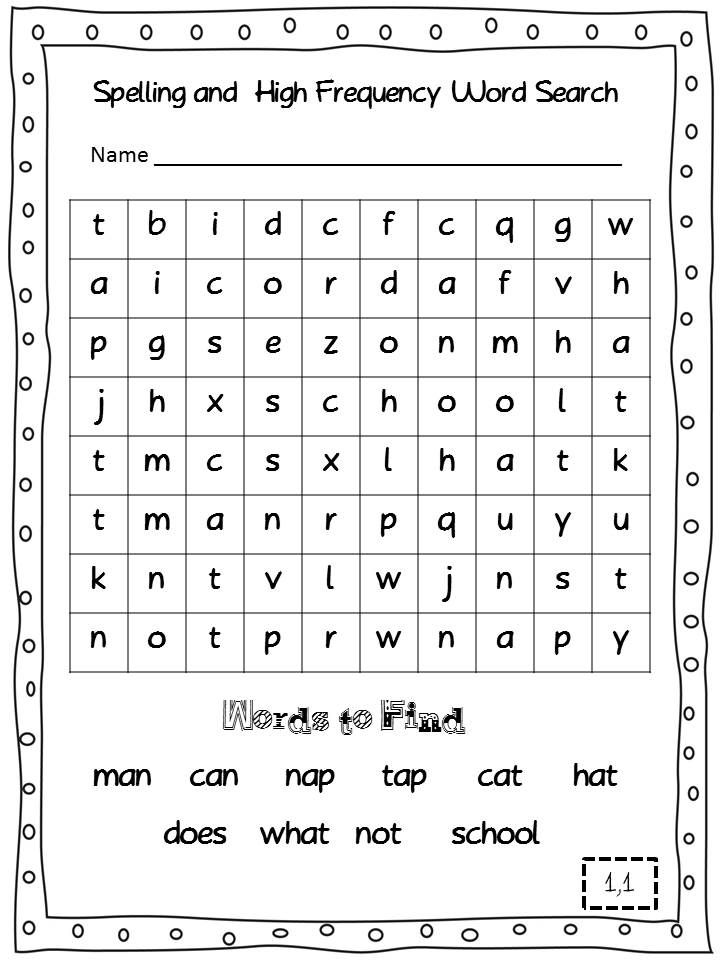 For training, you can compete in the search for metagrams for any word. For example, the word "tone" gives "sleep", "background", "current", "tom", "tan" and so on - whoever scores more options wins.
For training, you can compete in the search for metagrams for any word. For example, the word "tone" gives "sleep", "background", "current", "tom", "tan" and so on - whoever scores more options wins.
Hat
A game for a company of four people, requiring simple equipment: pens, paper and a “hat” (an ordinary plastic bag will do). Sheets of paper need to be torn into small pieces and distributed to the players, the number of pieces depends on how many people are playing: the larger the company, the less for each. Players write words on pieces of paper (one for each piece of paper) and throw them into the "hat". There are also options here - you can play just with words (noun, common noun, singular), or you can play with famous people or literary characters. Then the participants are divided into teams - two or more people each; the task of each - in 20 seconds (or 30, or a minute - the timing can be set at your own choice) to explain to your teammates the largest number of words arbitrarily pulled out of the "hat", without using the same root.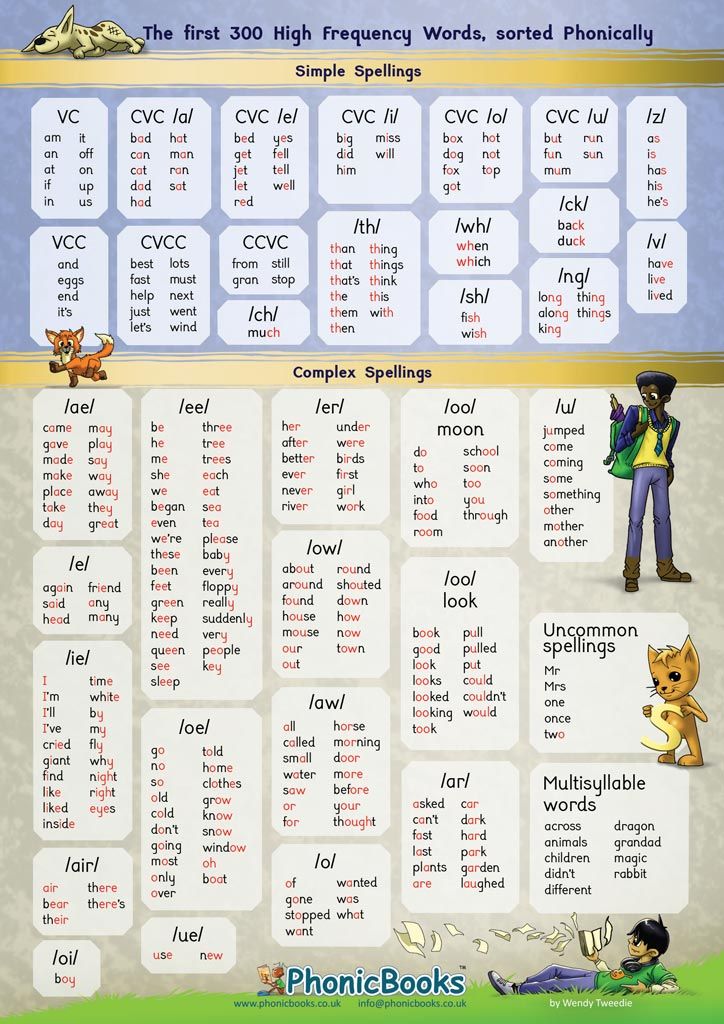 If the driver could not explain a word, it returns to the hat and will be played by the other team. At the end of the game, the words guessed by different representatives of the same team are summed up, their number is counted, and the team that has more pieces of paper is awarded the victory. A popular version of the game: everything is the same, but in the first round the players explain the words (or describe the characters) orally, in the second round they show in pantomime, in the third round they explain the same words in one word. And recently a board game has appeared, where you need not only to explain and show, but also to draw.
If the driver could not explain a word, it returns to the hat and will be played by the other team. At the end of the game, the words guessed by different representatives of the same team are summed up, their number is counted, and the team that has more pieces of paper is awarded the victory. A popular version of the game: everything is the same, but in the first round the players explain the words (or describe the characters) orally, in the second round they show in pantomime, in the third round they explain the same words in one word. And recently a board game has appeared, where you need not only to explain and show, but also to draw.
Telegrams
Game for any number of players. The players choose a word, for each letter of which they will need to come up with a part of the telegram - the first letter will be the beginning of the first word, the second - the second, and so on. For example, the word "fork" is selected. Then the following message can become a telegram: “The camel is healed. I'm flying a crocodile. Aibolit". Another round of the game is the addition of genres. Each player gets the task to write not one, but several telegrams from the same word - business, congratulatory, romantic (the types of messages are agreed in advance). Telegrams are read aloud, the next word is chosen.
I'm flying a crocodile. Aibolit". Another round of the game is the addition of genres. Each player gets the task to write not one, but several telegrams from the same word - business, congratulatory, romantic (the types of messages are agreed in advance). Telegrams are read aloud, the next word is chosen.
even more different games for one or a company
Home games
Shadow theater, crafts and paper dolls from children's books and magazines of the XIX-XX centuries Ring and other games
Games from classic books
What do the heroes of the works of Nabokov, Lindgren and Milne play
A children's course on where games, jokes, horror stories and memes come from and why we need them
Children's room
Special project
Children's room Arzamas
Sources
- Balandin B.
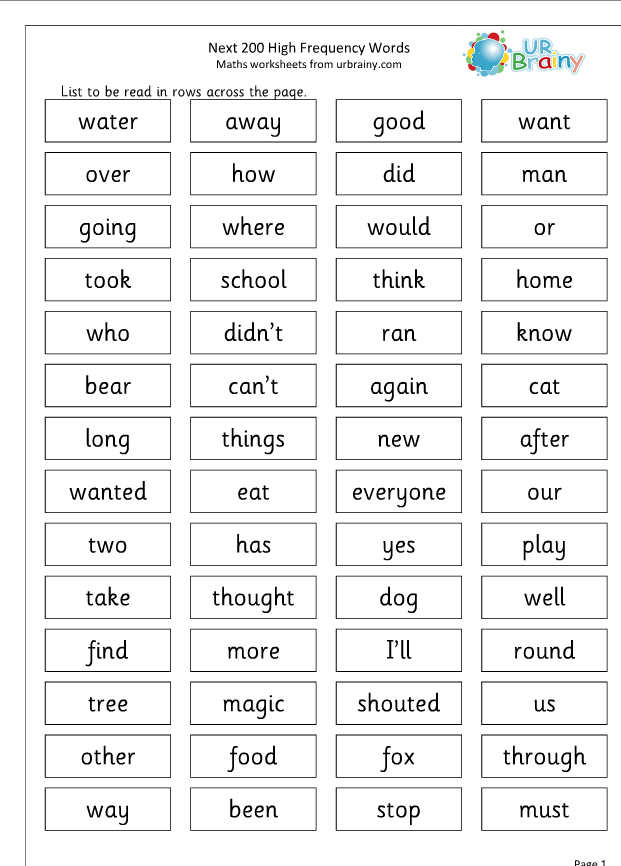 B. Big book of intellectual games and entertaining questions for smart people and smart girls.
B. Big book of intellectual games and entertaining questions for smart people and smart girls. M., 2008.
- Bocharova A. G., Goreva T. M., Okun V. Ya. 500 wonderful children's games.
M., 1999.
- Geek E. Ya. Entertaining mathematical games.
M., 1987.
- Fedin S. N. The best games with words.
M., 2001.
- Firsova L. M. Games and entertainment. Book 1.
M., 1989.
Tags
Children
Game
Entertainment
New Course0004
© Arzamas 2022. All rights reserved
What can I do to avoid losing my subscription after Visa and Mastercard leave Russia? Instructions here
10 word games that will entertain the whole family
They will help pass the time for those who are very, very bored, and at the same time train their memory and repeat the rules of spelling.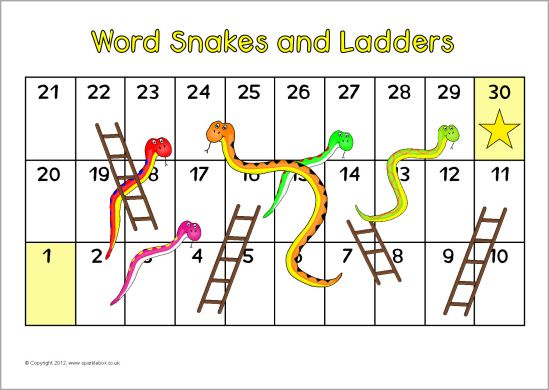 These games have a huge plus: they don't need any "special equipment" at all. You can play at home (and without being distracted from other things: at the same time, for example, removing toys), in the car and even on the phone when you are forced to be in quarantine.
These games have a huge plus: they don't need any "special equipment" at all. You can play at home (and without being distracted from other things: at the same time, for example, removing toys), in the car and even on the phone when you are forced to be in quarantine.
1. "Two letters"
A complicated version of the usual word game: you need to come up with a new word not for the last letter, but for the last two: "parsley - cabbage - plate - cuttlefish - heron - frog - quarantine" .
2. "What's in the middle?"
Name any 2 letters: for example, "P" and "A". The task of other players is to come up with as many words as possible, where "P" will be the first", "A" - the last.
The number of letters in words can be any. Well, offhand: "river", "hand", "grove", "turnip", "rhyme", "rumba", "rocket", "rowan", "chamomile", "reconnaissance" and even "reconnaissance"!
3. Packing the suitcase
Packing the suitcase
The driver says: “I am going to the country house and I am taking some important things with me” and lists 2-3. The trick is that all these things have one common feature. (It is better to choose something non-obvious). For example, he thought that he takes everything yellow with him. And he says: "I take a bottle of oil and a bouquet of buttercups."
Players should be asked questions (Can I bring my bike? Cat? Textbook?) trying to figure out how things get into the suitcase.
4. “Where did the vowels hide?”
Name 2 (for older children you can also 3.4) vowels: "I", "A". You need to quickly come up with words that have these vowels. It can be complicated by agreeing that they should be in a certain order: “fox”, “willow”, “cornfield”, “nettle”, “titmouse”.
5. “Guess the homonyms”
Guess a pair of homonyms (words that sound the same and have different meanings) and describe: “It can be small and iron – noisy and wet” (“key”).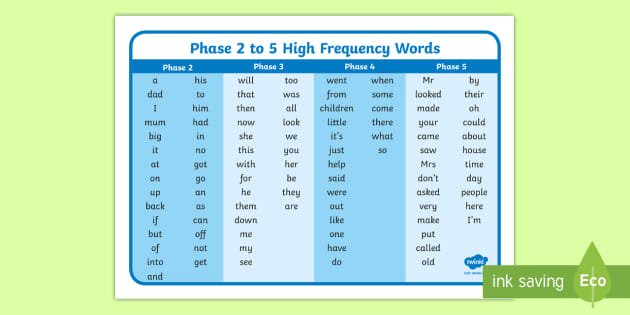 What other homonyms can you think of? "Bow, weasel, brush, pen, mink, leaf, mouse, shop, braid, kiwi, fox".
What other homonyms can you think of? "Bow, weasel, brush, pen, mink, leaf, mouse, shop, braid, kiwi, fox".
6. “What fits? «
Name any feature - the other player must quickly list any items that match it: the more, the better. For example, you say "warm". What is suitable? “Compote”, “rain”, “hugs”, “wishes”, “battery”…
7. “Five words”
The main thing in this game is to keep a fast pace. The one who drives asks the question: "What can ... write?" Another player must quickly list 5 words: "Letter, composition, poetry, dictation, testament" . We change places: "What can be ... broken?" "Vase, cup, heart, ice, plate" .
8. "Confusion"
Name any word by confusing syllables or letters in it, the child's task is to guess and name correctly. "shokak - cat", "fonsmart - smartphone", "asmoronid - currant".
9. “Alphabetically”
It is necessary to list all the objects that you see around you, starting with the first letter of the alphabet.